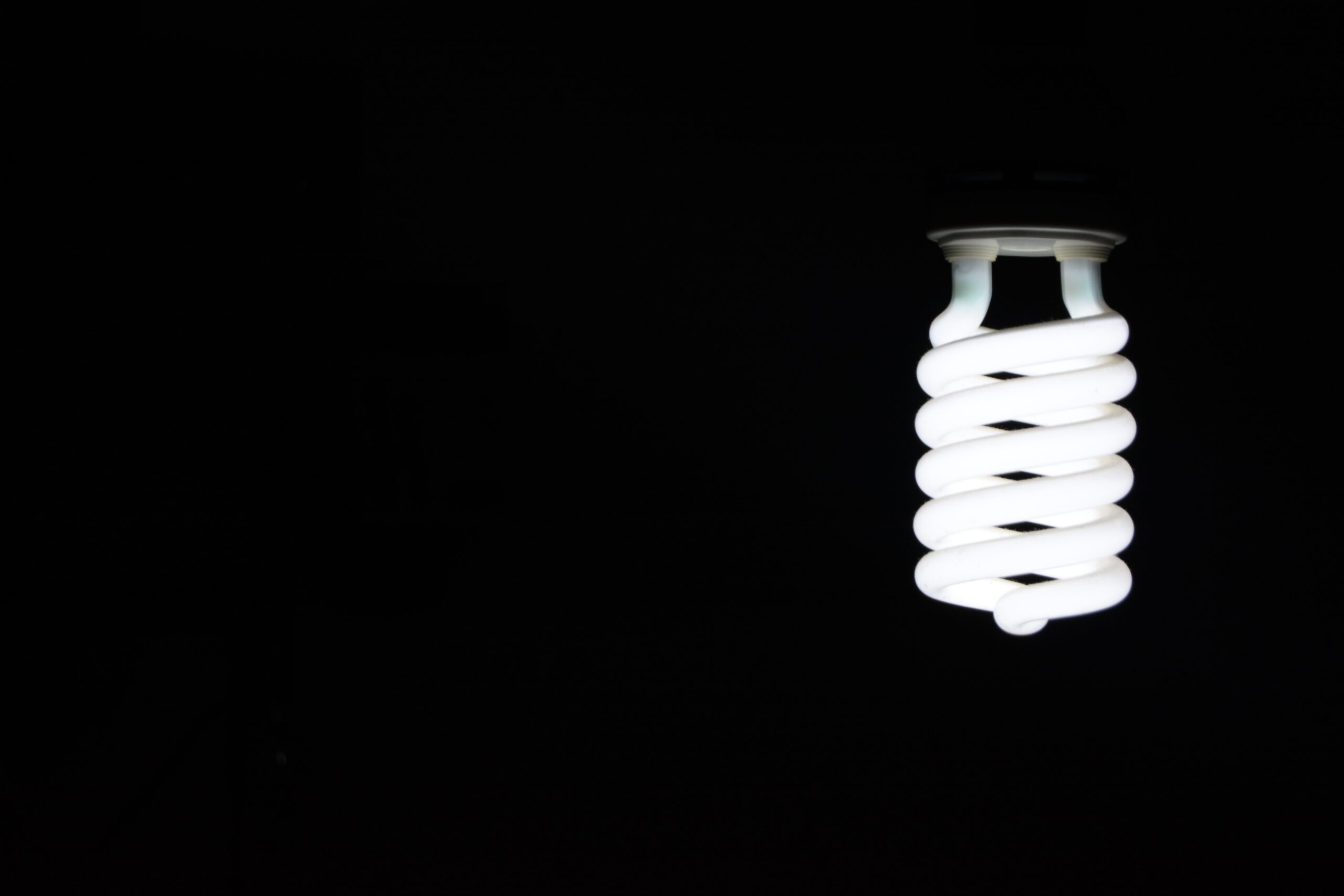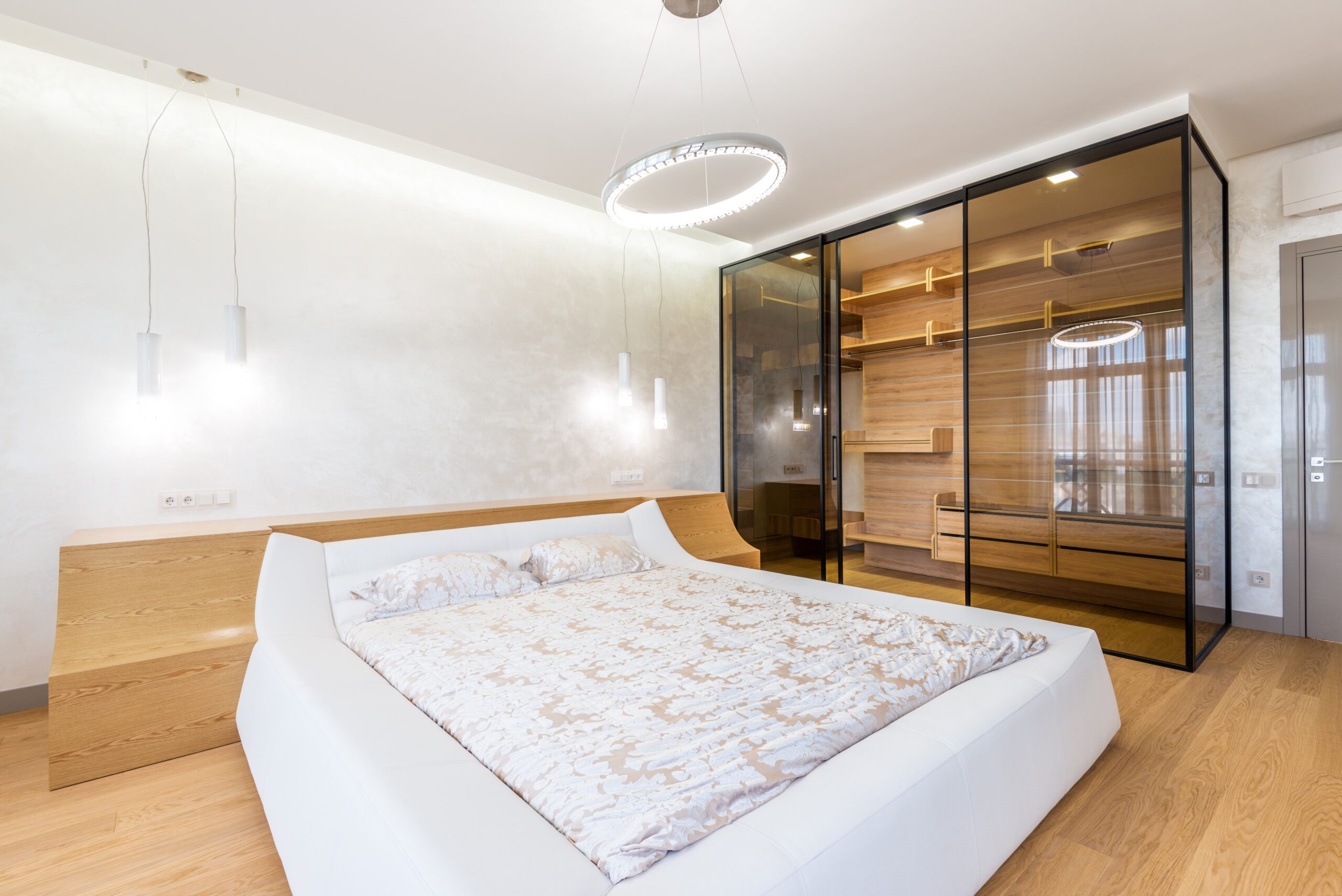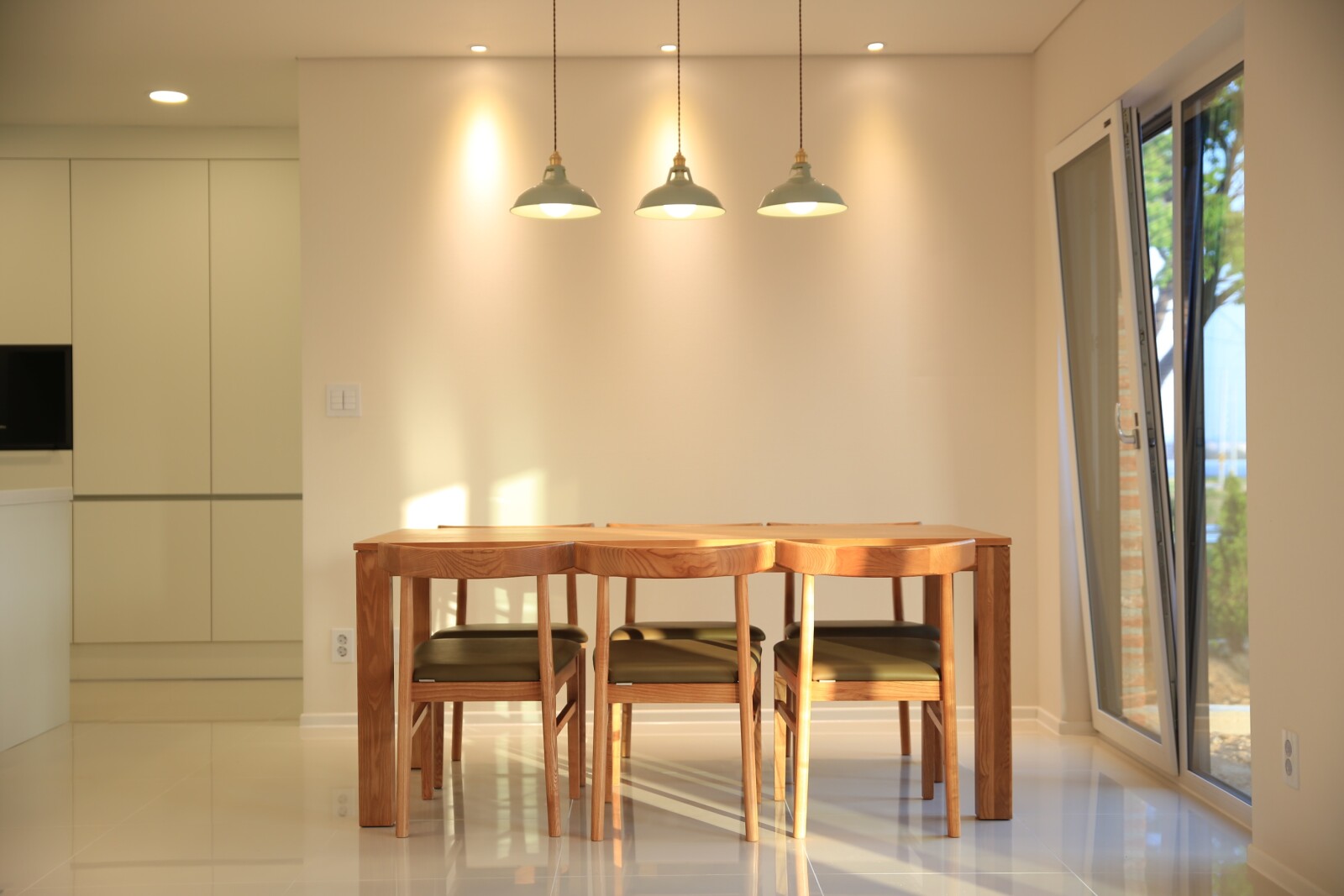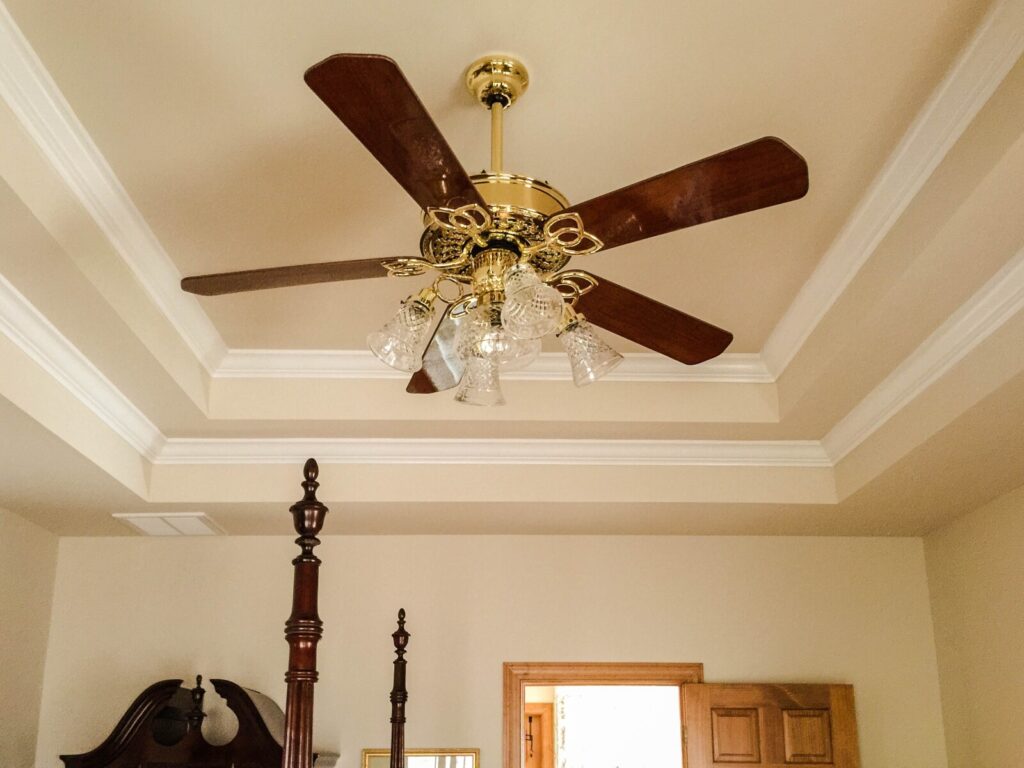The Science Behind LED Light Bulbs: How They Work
LED light bulbs are fast becoming the most popular choice when lighting up any room in your home. But what exactly makes them so special? What can they do that other types of lightbulbs cannot? Let’s take a behind-the-scenes look at how an LED light bulb works – and why you should consider making the switch! We’ll explore the science and technology behind these high-efficiency LEDs, learn how they compare to traditional incandescent bulbs, and discover some of their many advantages. So if you want to improve your lighting with better energy efficiency or create more sophisticated decorative effects in space, read on for some illuminating information about LEDs.

The Science Behind LED Light Bulbs How They Work
Introduce The Basics Of An LED Light Bulb
Light-emitting diodes, or LED lights, are the newest addition to our home lighting options. They are energy-efficient, long-lasting, and versatile. Compared to traditional incandescent bulbs, LED bulbs consume up to 80% less energy, making them an economical choice for everyday use. Compared with incandescent bulbs, LED bulbs only need replacement for a few years after installation. Finally, LED lights come in various shapes and sizes for any lighting fixture, from table lamps to ceiling fixtures. With so many benefits, it’s no surprise that LED bulbs have become the new standard for home lighting.

Introduce The Basics Of An LED Light Bulb
Explain The Difference Between Standard Incandescent And LEDs
Lighting your home with the right light bulb can be a difficult task. Two of the most popular types are standard incandescent bulbs and LED bulbs. While both provide light, there are some important differences between them. Standard incandescent bulbs use a filament surrounded by gas to produce light. They are cheap and widely available but burn out quickly and could be more energy efficient.
On the other hand, LED bulbs use a semiconductor to create light. However, they consume significantly less energy and last longer than incandescent bulbs. They come in various colors and can be dimmed, making them a versatile choice for any home. So, if you want to save energy and reduce your carbon footprint, consider switching to LEDs.
Explore The Science Behind How LEDs Produce Light
Light-emitting diodes (LEDs) have become a popular lighting solution due to their energy efficiency and long lifespan. But how do they produce light? It all comes down to the movement of electrons. Semiconductor materials, such as those used in LEDs, can be excited when an electric current is applied. As they return to their original level, they release energy through photons, which we see as visible light. The story goes deeper than that, however. The specific materials and manufacturing process used can determine the color and brightness of the light. Understanding the science behind LEDs can enhance our appreciation for their many uses, from household lighting to digital billboards.
Describe The Benefits Of Using LED Light Bulbs In Your Home
LED light bulbs have become increasingly popular in recent years for several reasons. First and foremost, they are more energy-efficient than traditional incandescent bulbs, so you’ll save money on your electricity bill in the long term. Additionally, LED bulbs last significantly longer than other bulbs, meaning you’ll have to replace them less frequently. LED bulbs are also environmentally friendly because they contain no toxic materials and emit less carbon dioxide than other bulbs. Ultimately, the benefits of using LED light bulbs in your home are numerous, from saving money to reducing your carbon footprint, making them a smart investment for any homeowner.
Discuss The Energy Efficiency Of LED Light Bulbs
In today’s world, energy efficiency has become one of the most important factors when lighting our homes and offices. LED light bulbs are quickly becoming the preferred choice for individuals who want to reduce their energy costs and minimize their carbon footprint. Unlike traditional incandescent bulbs, LED bulbs can last up to 25 times longer and use up to 75% less energy. It is also safer and more comfortable to use LED bulbs since they emit less heat. With their energy-saving benefits and long-lasting durability, it’s no wonder that LED light bulbs are becoming increasingly popular in homes and businesses worldwide.
Highlight The Cost-Savings Associated With Switching To LED Lights
We all want to reduce our carbon footprint and save money nowadays. One simple yet effective way to achieve both goals is by switching to LED lights. LED lights use significantly less energy than traditional incandescent bulbs, which can result in significant cost savings on your monthly utility bills. Additionally, LED lights have a longer lifespan than traditional bulbs, meaning you’ll save money in the long run by not having to replace them as frequently. Finally, LED lights emit less heat than traditional bulbs, which can also help reduce your cooling costs during the hotter months. With all the benefits of LED lighting, it’s no wonder more and more people are making the switch.
If you’re looking for high-quality LED lights, 1Stoplighting.com is the place to be. With a wide range of LED light products, you will find the perfect one for your home or office. Even better, you can grab exciting discounts by using the coupons on the website. Whether you need LED lights for indoor or outdoor use, you can be assured of getting the best deal at 1Stoplighting.com. Plus, with its professional approach to customer service, you can always count on a hassle-free shopping experience. So why wait? Head to 1Stoplighting.com today and light up your space in style with their amazing LED lights.
In conclusion, LED light bulbs are quickly becoming the standard of choice for many households in the modern world. Their efficiency is far superior to traditional incandescent bulbs and presents numerous long-term financial savings for homeowners who switch. Of course, it does come with some initial investment costs, which typically make LED lights more expensive than their counterparts. Still, given its longevity and lower energy usage, there’s no doubt that LEDs are a great option compared to incandescents or halogens. LED Light Bulb is a definite go-to choice for anyone looking to reduce energy costs while keeping a bright, beautiful atmosphere in their homes. So don’t wait too long; take action now and experience the improved energy efficiency of installing LED Light Bulbs today!


